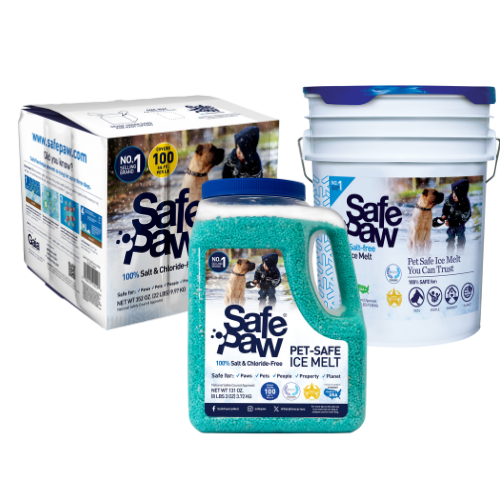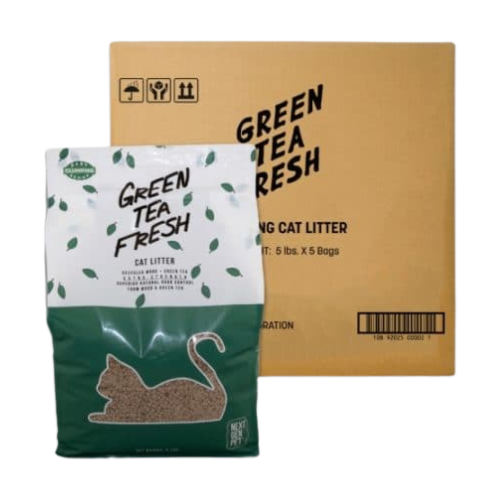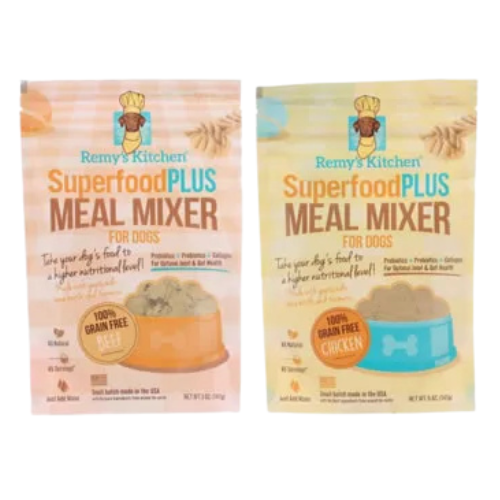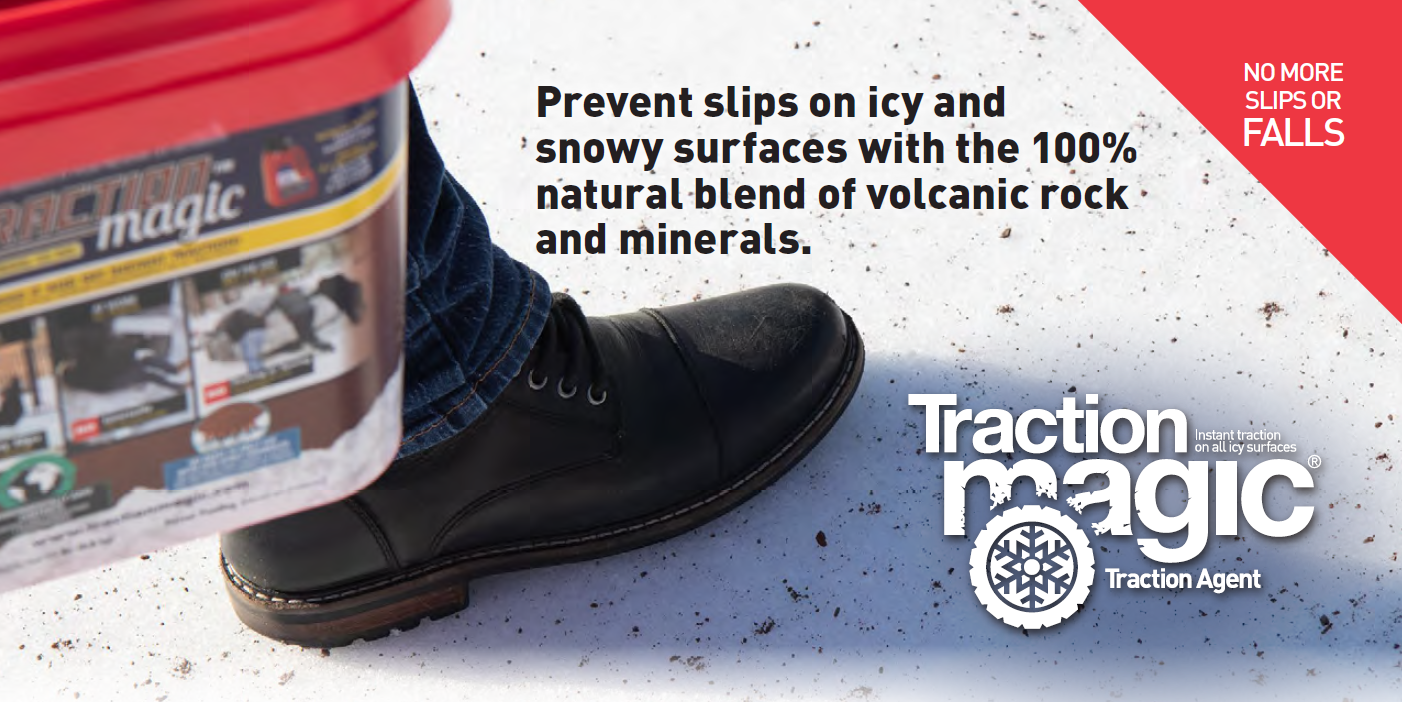Freeze Warning: Chloride-Free Ice Melt Safe For New Concrete
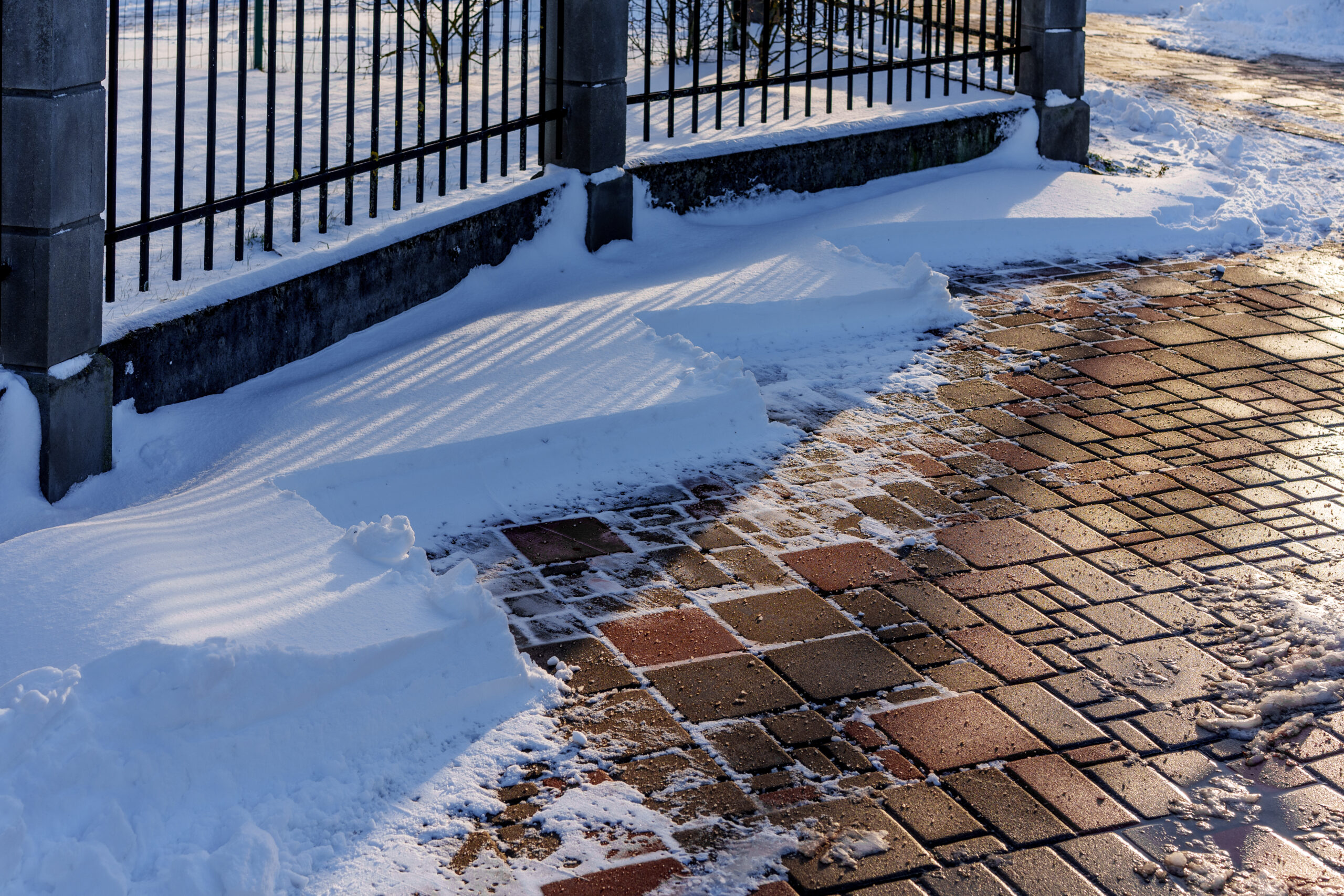
Many ice melting products and salt products can and will damage concrete. You want to have your new concrete last for years, then choose concrete-safe ice melt products that will not damage your new concrete. You do not want to wait until the dreaded snowstorm has happened before you decide to go out and get your ice melt that is safe for concrete.
If you have a walkway, driveway, or steps of concrete, you need to be very careful of the ice melt that you choose.
- Why Is Ice Melt Harmful To New Concrete?
- 6 Tips To Prepare Your New Concrete For Winter
- Natural Ice Melt – Best Ice Melt For New Concrete
- Are All Ice Melt Safe For New Concrete?
- Ice Melt Available In Market
- Homemade Ice Melt
- Other Ice Melt Products
Concrete is everywhere as you stroll along the street. It is used to build massive structures, bridges, roads, walkways, floors, and nearly anything else we can see. In a nutshell, there is concrete everywhere there is a structure. Concrete is crucial in modern buildings since it provides strength and stability to the constructions. Second, concrete is a low-cost material that can be molded into a variety of shapes.
Why Is Ice Melt Harmful To New Concrete?
While concrete can begin to set in as little as a few hours, the chemical interaction between cement and water can take up to 28 days to complete. However, depending on the weather conditions, your concrete can be considered new for up to a year. Fresh concrete is more sensitive to harm, by choosing the correct ice melt for new concrete you can ensure smooth and pothole-free concrete for coming years.
Ice melt compounds also lower the water’s refreezing temperature, preventing ice from developing on your concrete, a phenomenon known as the freeze-thaw cycle. When ice melts and thaws, it seems like a sponge into the pores of your concrete. Scaling, spalling, popouts and even fissures can occur as this liquid refreezes and expands within the concrete. Repairs will be required in the spring, which will cost you both time and money.
Rock salt, the most frequent ice melt, only decreases the refreezing temperature by roughly 20 degrees Fahrenheit. It means that when the temperature swings above and below 20 degrees, ice melt from rock salt will thaw and freeze again.
Bulk Purchase With Safe Paw
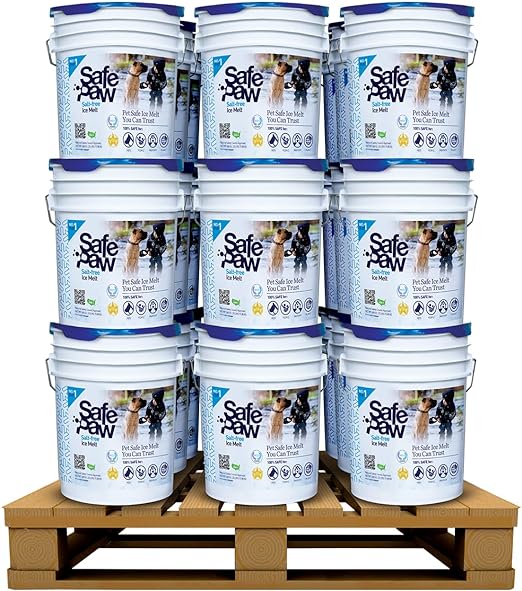
Safe Paw, Child Plant Dog Paw & Pet Safe Ice Melt -35lb, 36 Pails

Safe Paw, Child Plant Dog Paw & Pet Safe Ice Melt -22lb, 100Bboxes
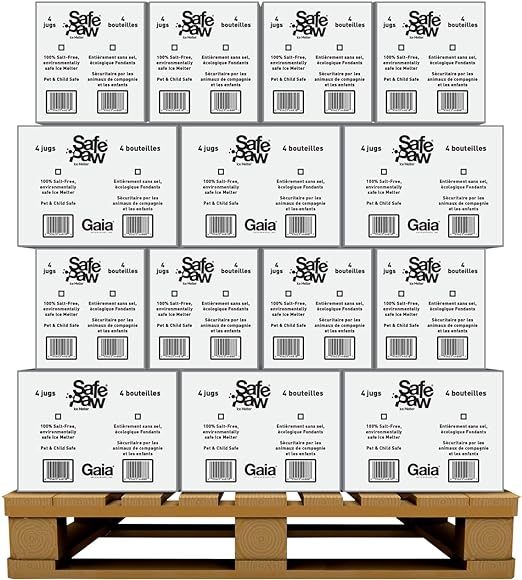
Safe Paw, Child Plant Dog Paw Pet Safe Ice Melt, 160 Jugs
6 Tips To Prepare Your New Concrete For Winter
Natural Ice Melt – Best Ice Melt For New Concrete
Finding an ice melt for new concrete is crucial to ensure a long scar-free life of your concrete. The ice melt that decreases the refreezing temperature as much as possible is the best way to preserve your new concrete. As a result, safe ice melt for new concrete will not refreeze as frequently, halting the freeze-thaw cycle.
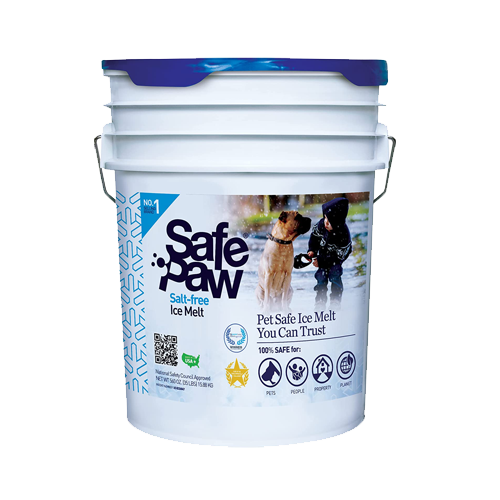
Safe Paw
The Original and the #1 Pet and Child Safe Ice Melt for over 20 years. Guaranteed environmentally safe – will not harm waterways and sensitive wetlands.
Ice Melt Safe For New Concrete
If you want to be sure that you’re using an environmentally friendly and safe ice melter, look for a product that’s a top-selling brand and has received the PTPA Green Product Seal of Approval. Safe Paw removes snow and ice, keeping your concrete and surroundings safe while giving you traction.
Such natural ice melt can be used on walkways, driveways, and paths from its easy and convenient 8lb shaker bottle, making it perfect for children and pets. Because it is non-toxic, no gloves, goggles, or masks are required. It will not affect garden plants, bushes, decks, outdoor furniture, or patios.
This one-of-a-kind product gets to work right away. By breaking the surface tension, the liquid component of the combination begins to melt the ice immediately. The compound’s crystal core can then enter the ice and begin to destabilize it, speeding up the melting process.
It uses solar energy by attracting heat during the day and intensifying the Endothermic reaction, making its melting capabilities even more powerful. After the ice has melted, an invisible screen is left to prevent ice from clinging to surfaces for about three days, making shoveling and cleanup easier. It also contains a traction ingredient that aids in the prevention of slips.
The green color of the natural ice melt pellets helps consumers distinguish it from rock salt and salt-based ice melt. The following are some of the advantages of chloride-free ice melt:
- Pets and children are guaranteed to be safe.
- Safe for the environment
- It won’t harm any decking.
- Pavements, asphalt, and concrete are all safe
- Plants and shrubs are unaffected.
- Patented traction agent
- It won’t damage or stain your floors.
Get ready for winter with the ONLY Pet Safe Ice Melt you can trust
Understanding Calcium Magnesium Acetate (CMA) and its Benefits
Calcium Magnesium Acetate (CMA) is the most misunderstood ice melt ingredient in the market. You may have heard that it’s an environmentally friendly compound, it’s a pro at managing ice on new concrete surfaces. Well, CMA is definitely better than majority of the other ice melt products in the market since it doesn’t contain chlorides that can corrode metal or damage concrete. However, it’s not as good as it is portrayed. For example, while calcium magnesium acetate (CMA) is touted as a safer alternative, it is not completely free from risks, particularly when pets are involved. These products can still cause discomfort or harm upon contact or ingestion.Also, CMA is less effective at low temperatures.
The Role of Concrete Curing in Winter Conditions
Concrete curing becomes a very hot topic during winter. The reason is evident. During winter concrete requires special attention due to the cold temperatures that can severely affect the hydration process of cement. If you have laid a new concrete driveway recently, proper concrete curing is absolutely crucial for you. It ensures the material has gained enough strength and durability. One of the best ways to enhance the process of concrete curing is by using thermal blankets or heated enclosures. These can help maintain the temperature above freezing, ensuring the concrete sets correctly without being subjected to the freeze-thaw cycle.
Impact of Freeze-Thaw Cycles on Concrete
Do you know who’s the real villain in your concrete driveway’s life? Yes, you guessed it right. It’s the freeze-thaw cycle, especially in the winter season. Water that has penetrated concrete surfaces expands upon freezing, leading to scaling and spalling. This cycle can cause significant structural damage over time, making it essential to choose ice melt safe for concrete that minimizes water penetration and subsequent freezing.
Preventing Scaling, Spalling, and Damage with the Right Ice Melt
Choosing the correct ice melt is crucial to prevent scaling, spalling, and other damage to new concrete. Traditional chloride-based melts, such as magnesium chloride and calcium chloride, often exacerbate the freeze-thaw cycle that can severely compromise the structural integrity of concrete. These materials seep into the concrete, and as temperatures fluctuate, they contribute to the expansion and contraction that leads to surface breakdown and internal damage.
Enhancing Safety with Traction Mats
Traction mats are a savvy swap for chemical deicers, offering instant grip on icy paths without the harsh effects on fresh concrete. But here’s the rub: if you opt for heated mats, be ready for a jolt in your electric bill. These mats need constant power to stay warm, which can make your energy costs climb during the cold months. So, while they’re great for quick safety, their appetite for energy might cool your enthusiasm if you’re watching your wallet. However, it can be one of the good ice melt precautions for new concrete.
Keeping Your New Concrete Safe All Winter Long
Keeping your new concrete in pristine condition through the winter months needs a strategy that doesn’t involve using typical deicers. While magnesium chloride or calcium chloride might promise quick thawing, they can destroy your fresh concrete’s vitality. These common melts can lead your new driveway or sidewalk into a world of scaling and spalling, where small fissures blossom into outright cracks, thanks to aggressive freeze-thaw cycles.
Instead, why not turn to ice melt safe for concrete that respects both your concrete’s health and the broader environment? Look for ice melts that declare themselves free of harsh salts and harmful chlorides—formulations gentle enough not to assault the surfaces they’re meant to protect.
Are All Ice Melt Safe For New Concrete?
Not all ice melt brands are safe for concrete. Most of the ice melt has chloride as its main constituent. Rock salt or sodium chloride is the most common ingredient of ice melt. When sodium chloride is absorbed into the concrete, it attacks the metal rebar within the concrete. It is equally harmful to the surrounding plants, soil, animals, and groundwater.
Calcium chloride will discolor concrete because it leaves an oily film on the surface. Magnesium chloride, ammonium nitrate, and ammonium sulfate are other harmful ice melt compounds. They attack and disintegrate concrete.
Gaia Enterprises Inc. delivers 100% pet-safe and environmentally friendly winter products. Safe Paw, our flagship product, is the #1 selling pet-safe ice melt that does not harm pets, safe if ingested, and safe on all types of concrete.
Let’s find out about other alternatives and their pros and cons
Ice Melt Available In Market
Exploring Different Types of Ice Melt including Magnesium Chloride and Sodium Acetate (NAAC)
When choosing an ice melt for new concrete, it’s important to consider the chemical composition of products. While magnesium chloride and sodium acetate (NAAC) are common in ice melt products, they bring potential risks. Magnesium chloride can be corrosive to metal fixtures and harmful if ingested by pets or wildlife, posing environmental hazards. Sodium acetate, while less corrosive, often does not perform effectively in extremely cold temperatures, making it unreliable when most needed.
Get ready for winter with the ONLY Pet Safe Ice Melt you can trust
Homemade Ice Melt
It’s a pet-friendly ice melt created at home. You also don’t have to worry about beet juice harming your plants or corroding your sidewalk or driveway. However, it will give your walks and roads a purple tint. To avoid stains, you must wipe and wash the surface after each application.
Sprinkle baking soda liberally on the iced-over path and wait for it to melt. It has salt in it, which prevents ice from solidifying. However, you must avoid using the soda-strewn path straight away. This DIY ice melt will take a long time to work and will do very little.
Fertilizer can be applied on the surface of the ice or snow. The fertilizer’s warming properties will begin to melt the ice, but not as quickly as ice melt products. Ammonium sulfate, potassium chloride are the primary constituents of compost. When ice melts and fertilizer run-off reaches municipal sewers and streams, it has a deleterious impact on the ecosystems surrounding it. Moreover, ammonium sulfate is highly corrosive for new concrete.
If utilized excessively, sand can hurt the environment. Sand does not melt ice and needs reapplication. You need to ensure sand removal after each application; otherwise, it will clog the drains. Kitty litter does not melt ice and should not be used to de-ice your driveway. It contains chemicals and gets sticky after absorbing moisture, hence use it sparingly. Both kitty litter and sand can help you in giving traction but are not meant to melt ice.
What Is a Snowbunny and What It Has to Do With Roof Ice Melt?
Before we dive further into ice melt solutions, let’s clear up a curious question: what is a snowbunny? No, it’s not just a winter-themed nickname. A “snowbunny” often refers to someone who enjoys snow sports or snowy conditions, but in another context—especially in cold climates—it can even describe animals, like actual rabbits, that thrive in snowy regions. Cute? Absolutely. But here’s the twist: while these creatures adapt well to snow, your roof doesn’t.
Roof snow and ice build-up is a major concern for winter homeowners. That’s where roof ice melt solutions come into play. Ice dams form when warm air inside your attic melts the snow on your roof, only for it to refreeze at the edges. Over time, this repeated freeze-thaw cycle causes water to seep under shingles, damaging insulation and causing leaks. Specialized roof ice melt products—ideally chloride-free—are your best defense against this, as they prevent ice from forming without damaging shingles or gutters. Just like you’d avoid harsh ice melts on new concrete, you should steer clear of corrosive ingredients for your rooftop, too.
So while snowbunnies can frolic safely, your home needs strategic protection—especially in places where snow is relentless and temperatures play tricks on your materials.
At What Temp Does Ice Melt & Where Do Snow Leopards Live?
Let’s pivot to the science. At what temp does ice melt? Standard ice begins to melt at 32°F (0°C), but when you apply deicers or salt-based products, this melting point can drop significantly—depending on the chemical. For instance, calcium chloride can work down to -25°F, while common rock salt stops being effective around 15–20°F. But that low temperature performance often comes with a cost—like concrete corrosion or environmental hazards.
This brings us to another snow-season marvel: where do snow leopards live? These elusive big cats roam mountain ranges in Central and South Asia, including the Himalayas. Their harsh, cold habitats mirror the kind of winter exposure your driveway or sidewalk might experience—but with one key difference: they’ve evolved for it. Your concrete hasn’t.
That’s why you can’t rely on heavy-duty chemicals that promise extreme performance. They might work fast, but they tear apart your surfaces, invite freeze-thaw damage, and endanger the surrounding environment. Instead, chloride-free options like Safe Paw help regulate melting more naturally without shocking your concrete with aggressive chemical action. So when the temperature dips below 32°F, a safe, green product provides melt without the mess.
Get ready for winter with the ONLY Pet Safe Ice Melt you can trust
Conclusion
Between wondering what is a snowbunny, managing roof ice melt, and exploring where snow leopards live, one thing is certain: winter is complex. But your ice melt solution doesn’t have to be.
Understanding at what temp does ice melt and how different deicing agents affect your surfaces helps you make smarter choices. Chloride-based products may offer rapid results, but they wreak havoc on new concrete, rooftops, and nearby ecosystems. Homemade options might feel safe but lack consistency and long-term protection.
The smarter path? Safe Paw. This chloride-free, pet-friendly ice melt breaks the cycle of freezing and thawing while remaining gentle on surfaces. It’s your all-in-one solution for protecting concrete, roofs, and even the planet. Winter throws a lot at you—be ready for it, without compromising safety or sustainability.
FAQs
Other Ice Melt Products
Traction Magic
Stay safe on slippery surfaces with a product that’s 100% natural and safe for pets, people, and your property. Use Traction Magic on sidewalks, steps, or as instant traction for your car.
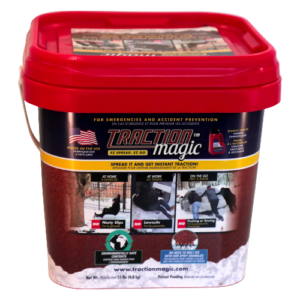
Safe Thaw
Imagine an ice melt you can put down and never worry about. It won’t harm pets, kids and your property. That’s Safe Thaw. Unlike anything else on the market, Safe Thaw can change how winter affects our planet.
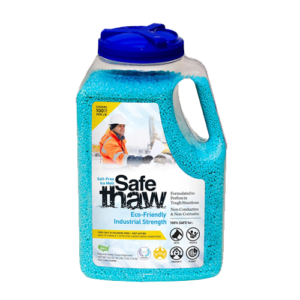
Walk On Ice
Prevent slips at home, work or on the go, The handy disposable canister can be taken everywhere, with the same 100% naturally occurring minerals that provide instant traction on ice or snow.
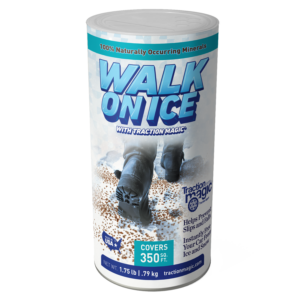
Safe Thaw
Imagine an ice melt you can put down and never worry about. It won’t harm pets, kids and your property. That’s Safe Thaw. Unlike anything else on the market, Safe Thaw can change how winter affects our planet.

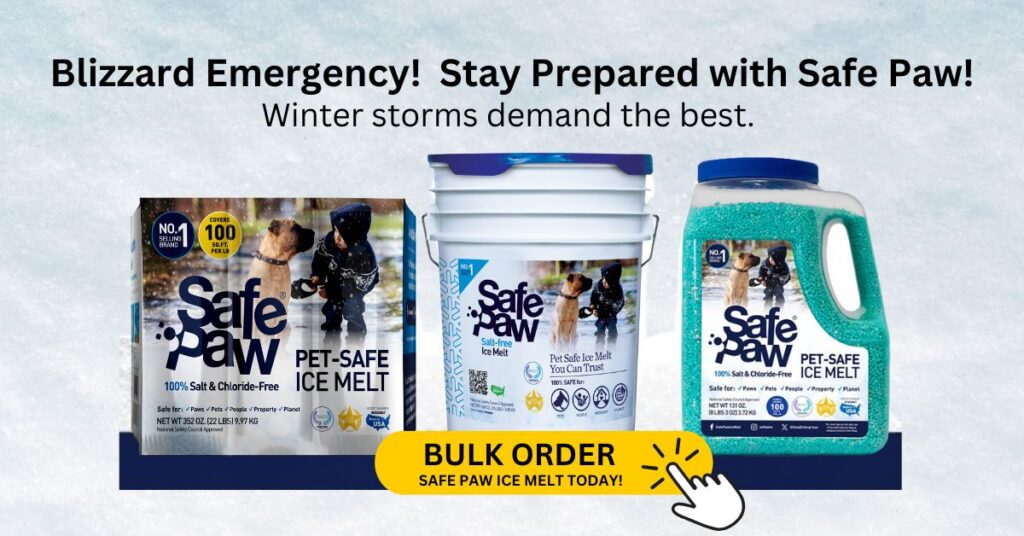

Author: Steven J Greenwald
Nature-friendly innovations are Steve’s passion and his products are deeply rooted in this philosophy. “Safe for people, pets, property, and the planet” isn’t just a tagline; it’s the very essence of Steve’s vision.
Driven by a profound respect for our environment, for the last 50 years, Steve is leading the charge towards a future where sustainability isn’t an option but a standard.




